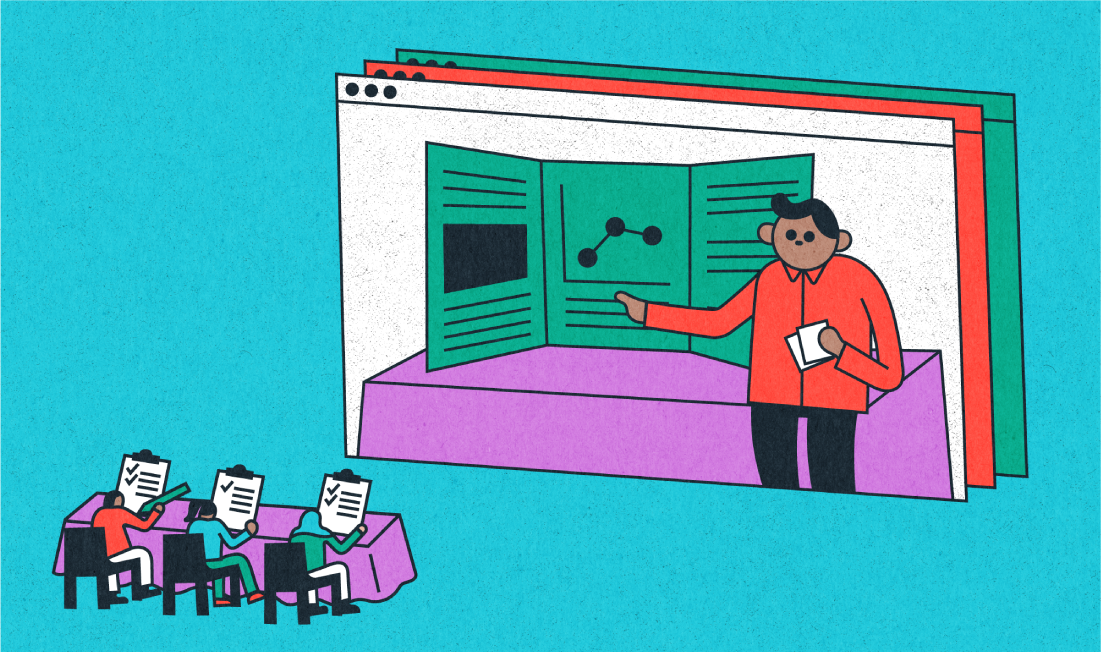
From Nov. 30 to Dec. 7, University of Saskatchewan students participating in the Student Undergraduate Research Experience program virtually presented their research work to the campus community.
The SURE program supplies training through live and pre-recorded webinars to undergraduate students interested or already partaking in research. As part of the program, students have the opportunity to present their research projects to the public through various events, including at this past week’s first annual Fall Research Scholarly and Artistic Works Symposium.
The SURE RSAW Symposium received 67 submissions, including projects conducted through First Year Research Experience classes, honours programs and independent studies.
Each participant submitted a pre-recorded video presentation and a supplementary powerpoint to be judged on their introduction, significance of the project to society, method, analysis, conclusion, project display and ethics approval.
On Dec. 7, the closing remarks happened. The top award went to Leah Houseman, a fourth-year sociology student, for her honours project, “‘It’s a Violation of my Freedom’: Getting Informed, Social Media, and Face Mask Use in Canada.”
Houseman’s project helped her dive deeper into a topic of her interest: the anti-masking movement in Canada.
“I was really interested in understanding more about people that do not wear masks,” Houseman said.
To investigate the link between social media use and the anti-masking movement, Houseman used a survey from Statistics Canada to examine the demographics of anti-maskers in Canada and how they obtain COVID-19 information. She discovered that those who verified the information they found online were more likely to wear a mask.
Jessica Lieffers , an assistant professor in the division of nutrition and dietetics in the College of Pharmacy and Nutrition, says that students in her Nutrition 230 FYRE course gain valuable hands-on experience by participating in research and presenting it at the SURE symposium.
“Students develop some skills in research that could be used in other settings, such as learning how to analyze data with Excel, how to write survey questions, how to make a poster and how to present your results to others,” Lieffers said.
Lieffers’ students entered the SURE Symposium in teams of four to investigate various topics in nutrition affecting the USask community. They experienced the processes of conducting surveys and obtaining approval from the U of S Research Ethics Board along the way, then analyzed their data to create a research poster.
Lieffers’ students’ projects, now viewable at the SURE symposium Canvas page, investigate topics including the USask community’s level of general knowledge on vitamin D intake, knowledge of and attitude towards sugar substitutes, interest in plant-based diets, how breakfast consumption affects daily energy levels, and fruit and vegetable consumption habits.
Lieffers says that faculty appreciate the SURE symposium as an opportunity to see projects that they have perhaps mentored or overlooked.
“It’s so special to see all the students’ hard work,” Lieffers said.
Presentations will remain viewable on the SURE Symposium Canvas page after Dec. 7 and can be accessed using a USask NSID via the PAWS homepage.
—
Annie Lu | Staff Writer
Graphic: Jaymie Stachyruk | Graphics Editor